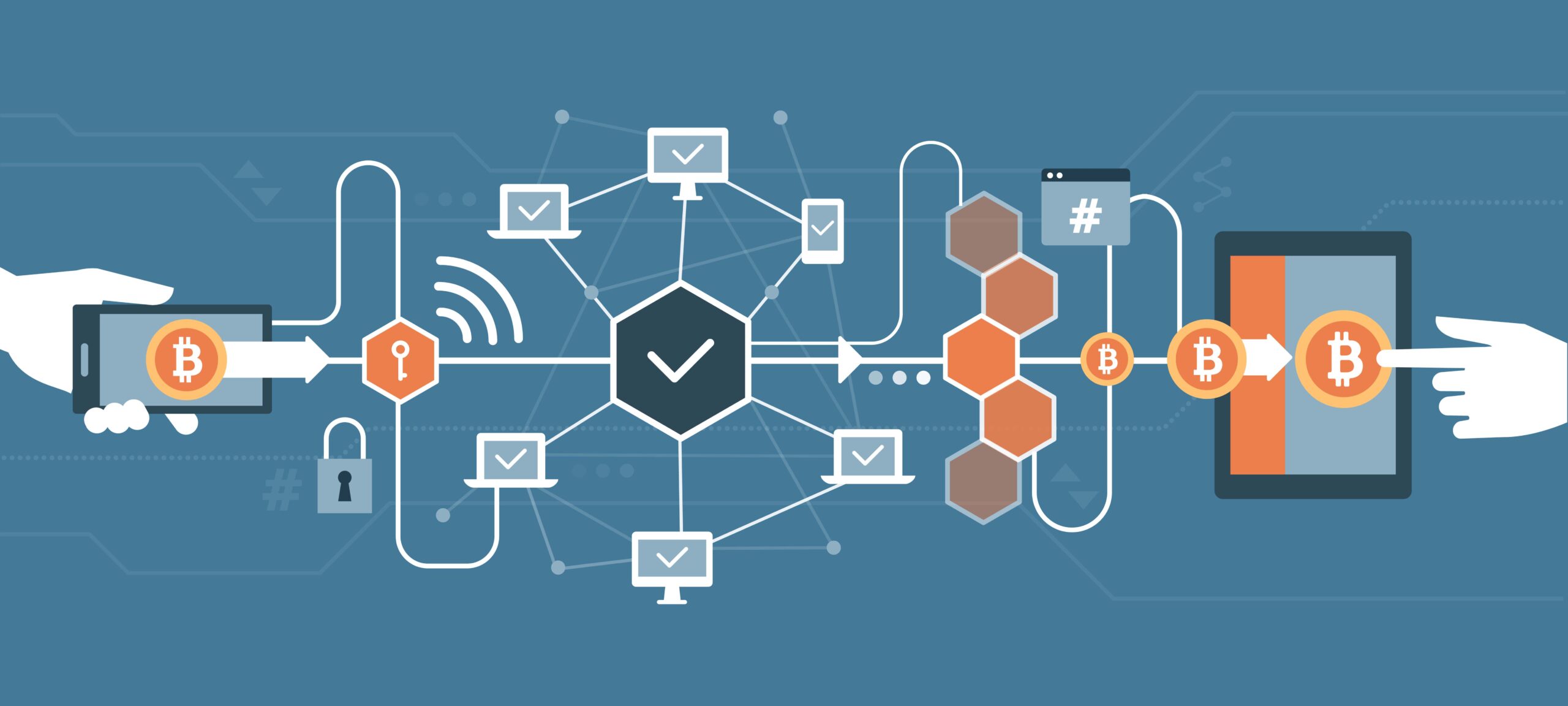What is blockchain and how does it work?
Blockchain is a decentralized digital ledger that securely records transaction data across multiple specialized computers in the network.
Blockchain ensures data integrity through its immutable nature using cryptography and consensus mechanisms, meaning that once information is recorded, it cannot be retroactively altered.
Blockchain is the backbone of cryptocurrencies like Bitcoin and Ether, and it is essential for promoting transparency, security, and trust in various sectors beyond finance.

A blockchain is a special type of database, also called a decentralized digital ledger, maintained by multiple computers distributed around the world. Blockchain data is organized into blocks arranged chronologically and protected by cryptography.
The oldest model of a blockchain was created in the early 1990s when computer scientist Stuart Haber and physicist W. Scott Stornetta used cryptographic techniques in a chain of blocks to protect digital documents against data tampering.
Haber and Stornetta inspired the work of many other computer scientists and cryptography enthusiasts, eventually leading to the creation of the first cryptocurrency powered by blockchain technology, Bitcoin.
Blockchain technology is commonly used for recording cryptocurrency transactions but is suitable for many other types of digital data and can be applied to a wide range of use cases.
What is decentralization in blockchain?
Decentralization in blockchain refers to the idea that control and decision-making power within a network is distributed among its users rather than concentrated in a single entity.
In a decentralized blockchain network, there is no central authority or intermediary controlling the flow of data or transactions.
When people talk about blockchain technology, they are often not just referring to the database. Blockchain technology powers applications such as cryptocurrencies and non-fungible tokens (NFTs).
How does blockchain work?
At its core, a blockchain is a digital ledger that securely records transactions between two parties in a tamper-proof manner.
When a user initiates a transaction, the transaction is broadcast to the network. Each node authenticates the transaction by verifying digital signatures.
Once the transaction is verified, it is added to a block along with other verified transactions.
The process of verifying transactions and adding them to the blockchain is carried out through a consensus mechanism, a set of rules that govern how network nodes reach an agreement.
Cryptography is key to ensuring that the blockchain maintains a secure, transparent, and tamper-resistant record of transactions.
The hash functions used in blockchains are generally collision-resistant.
Each block within the blockchain securely contains the hash of the preceding block, establishing a strong chain of blocks.
Another feature of blockchain is its transparency. Generally, anyone can verify blockchain data, including all transaction and block data.
What is a consensus mechanism?
A consensus algorithm is a mechanism that allows users or machines to coordinate in a distributed environment.
It ensures that all nodes in the network have the same copy of the ledger, which contains a record of all transactions.
Types of consensus mechanisms
What is Proof of Work (PoW)?
Proof of Work (PoW) is a consensus mechanism used in many blockchain networks to verify transactions and maintain the integrity of the blockchain.
In PoW, miners compete to solve a complex mathematical problem to add the next block to the blockchain.
This is why the mining process requires significant computing power and electrical energy.
What is Proof of Stake (PoS)?
Proof of Stake (PoS) is a consensus mechanism designed to address some of the drawbacks of Proof of Work (PoW).
In a PoS system, validators are chosen based on the amount of cryptocurrency they have staked in the network.
Other popular consensus mechanisms
Proof of Work and Proof of Stake are the most common consensus algorithms, but there are others.
For example, Delegated Proof of Stake (DPoS) is similar to PoS, but token holders elect a smaller set of delegates.
In Proof of Authority (PoA), validators are identified by their reputation or identity, rather than relying on the amount of cryptocurrency they hold.
Benefits of blockchain
What is decentralization in blockchain?
The decentralized nature of blockchain means there is no single point of control or failure, making it more secure and resistant to attacks.
blockchain.transparency
Transactions on a blockchain are visible to all participants, making it easier to track and verify transactions.
blockchain.immutability
Once a transaction is recorded on a blockchain, it cannot be altered or deleted.
blockchain.efficiency
Blockchain can enable faster and more efficient transactions because it does not require intermediaries.
blockchain.lower_fees
Blockchain can reduce transaction costs and make certain business operations more efficient.
blockchain.trustless_quality
Blockchain technology allows for transparent transactions that are verified and validated by the network participants themselves without imposed intermediaries.

What are the different types of blockchain networks?
Public blockchain
A public blockchain is a decentralized network that is open to anyone who wants to participate. Bitcoin and Ethereum are examples of public blockchains.
Private blockchain
A private blockchain, as the name suggests, is a blockchain network that is not open to the public.
Private blockchains are permissioned environments with rules that dictate who can view and write to the chain.
Consortium blockchain
A consortium blockchain is a hybrid of public and private blockchains.
In a consortium blockchain, a group of parties acts as validators, and all have the same power.
The rules of the system are flexible: chain visibility can be limited to validators, visible to authorized individuals, or visible to all.
What is blockchain used for?
Some of the most common current applications of blockchain technology include:
Cryptocurrencies
Blockchain technology was developed to support the creation of cryptocurrencies, which use blockchain as a secure and decentralized ledger to record transactions.
Digital identity
Blockchain can be used to create secure, tamper-proof digital identities.
Voting
Blockchain technology can be used to create a secure and transparent voting system.
Supply chain management
Blockchain technology can be used to create a ledger of all transactions within the supply chain.
Smart contracts
Blockchain technology enables the creation and execution of smart contracts in a secure and decentralized manner.
Conclusions
Blockchain technology offers a secure and transparent way to record transactions and store data.
As this technology continues to evolve, we can expect more innovative and transformative use cases to emerge in the coming years.
